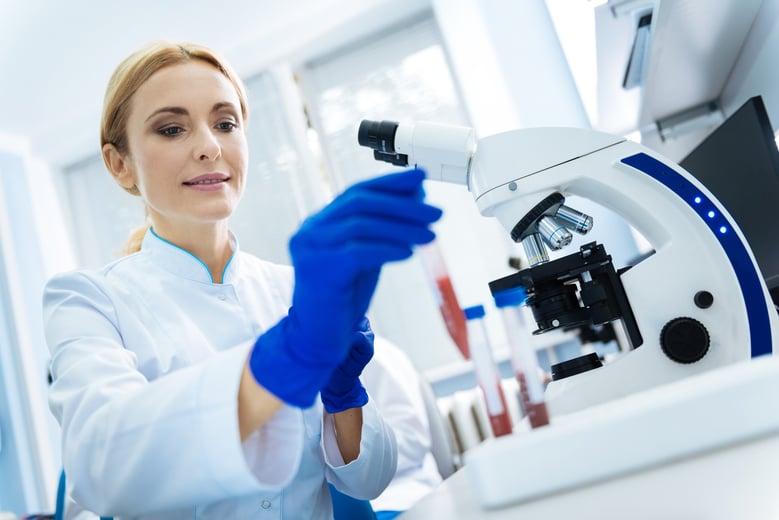
3 Important Stages of Assay Verification
Molecular diagnostic tests are widely available in clinical microbiology laboratories now. It’s important to a lab’s success to understand the requirements before adding a new test. Protocols aren’t specified by regulators, so they vary by lab. The assay influences the controls and parameters, but the type of verification and its complexity are determined by lab directors.
In a recent article, we took a look at what to verify. This is the first of several articles that will cover how to confirm a molecular assay performs as expected.
Key components of verification
In Validation of Laboratory-Developed Molecular Assays for Infectious Diseases, Eileen M. Burd describes the value of planning and early data analysis.
It is helpful to organize these experiments into a general plan in which the basic experiments that define the assay characteristics are done first and are followed by the more extensive required studies. When using a general plan in this manner, basic data are collected in a minimum amount of time and can reveal analytic errors early in the process. It is important to analyze the data as they are being collected so that problems can be easily identified as the experiments are being performed. If an organized, stratified experimental plan is not followed, unsuitable performance characteristics may be revealed only late in the process, necessitating assay modification and repetition of experiments.
Planning:
It may seem obvious, but proper planning can’t be stressed enough. This step includes:
- Reviewing guidelines and validation literature
- Identifying performance characteristics
- Determining the target population and test samples
- Preparing protocols and securing controls (whether from the manufacturer, a commercial source or another laboratory)
Data generation and analysis
Current recommendations are to present the data in a scatter diagram and a difference plot. By doing both, labs can find bias and determine whether it’s constant over the whole range or influenced by between-method differences. The written summary in this step covers results, acceptability of the manufacturer’s claims, the lab’s quality control and quality assurance measures and methodology details.
Test implementation
Implementation needs to be considered early in the process because bringing on a new assay may impact instrument qualification and standard operating procedures. While data is being generated, take a look at quality control, budget allocations and needed inspections or approvals. The testing process offers critical insights that can influence workflow, turnaround time and training.
Performance specifications must be verified before implementation to ensure the assay performs as claimed by the manufacturer. We’ve compiled a primer on characteristic verification and documentation best practices for lab directors and managers. Watch for the next post: Molecular diagnostics: Tackling the How – Accuracy & Precision.
Ready to learn more now?
Download Assay Verification Procedures for Molecular Diagnostics for detailed planning, data generation and analysis checklists.
Questions?
Speak to an LGC Clinical Diagnostics representative today by emailing CDx-Sales@lgcgroup.com, or by calling 800-676-1881.




